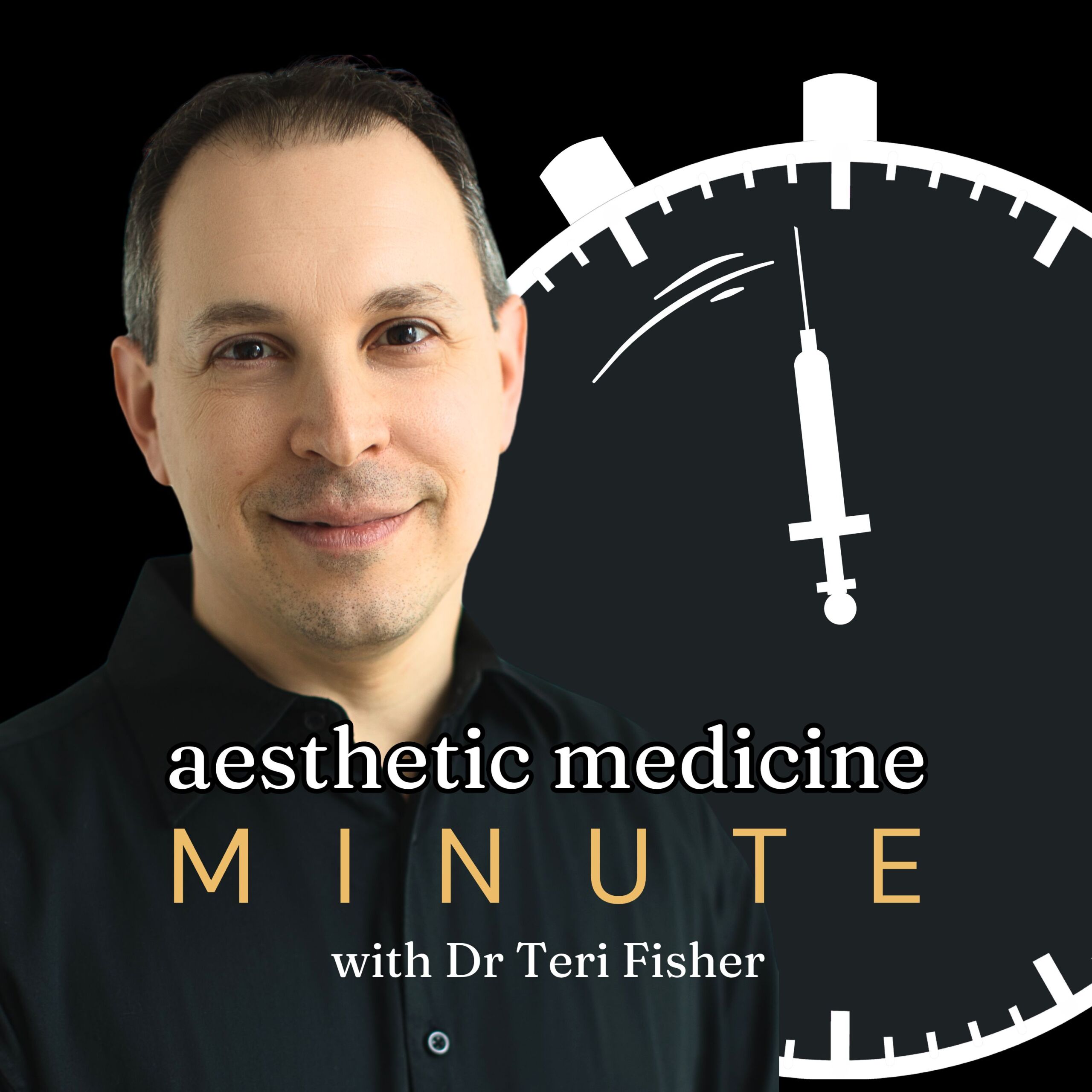
AMM 238: Lushful Aesthetics Revolutionizes Male Grooming Trends
October 20, 2024
This episode explores the potential of botulinum toxin, commonly known for its cosmetic use, in managing chronic pain associated with myofascial pain syndrome (MPS). Listen to insights from recent clinical trials that demonstrate the effectiveness of DYSPORT®, a type of botulinum toxin, in reducing pain, and discover why the scientific community advocates for its use as a complementary treatment alongside existing therapies. The episode also covers potential mild side effects and stresses the importance of using proper technique and sourcing. As the research develops, BOTOX® might offer an alternative pain management tool for those suffering from MPS.
Quick Takes
- BOTOX® is being explored for managing myofascial pain syndrome (MPS) in addition to its usual cosmetic applications.
- DYSPORT®, a type of botulinum toxin, was found to reduce pain in over half of MPS participants in recent German-led clinical trials.
- While BOTOX® shows promise, cautious application is advised, with experts recommending that it complements rather than replaces traditional treatments like physical therapy and NSAIDs.
Episode Transcript
Today, on October 20, 2024, let’s explore the potential of an unexpected player in the world of chronic pain management—botulinum toxin. Typically known for its cosmetic uses, BOTOX® is showing promise in alleviating myofascial pain syndrome (MPS), a condition plaguing many with chronic discomfort in regions like the neck, shoulders, and pelvic floor muscles.
Recent clinical trials, including those led by German researchers, are investigating BOTOX®’s effectiveness for managing MPS. Their study found that DYSPORT®, a type of botulinum toxin, reduced pain in over half of participants, compared to a quarter in the placebo group. This suggests BOTOX® might offer relief where traditional methods falter, despite not being FDA-approved for MPS.
However, the scientific community remains cautious. A comprehensive review by Spanish researchers unearthed mixed results, urging that BOTOX® should complement, not replace, existing treatments like physical therapy and NSAIDs.
While BOTOX® disrupts nerve and muscle communication to alleviate pain, side effects such as transient muscle pain and headaches, although generally mild, must be considered. Proper technique and sourcing from reliable suppliers are vital to ensure patient safety. As the debate continues, it’s clear BOTOX® could revolutionize how we manage myofascial pain, but evidence and cautious application are key.
